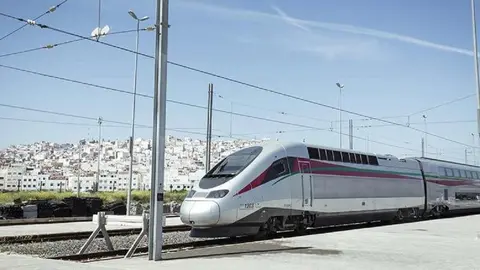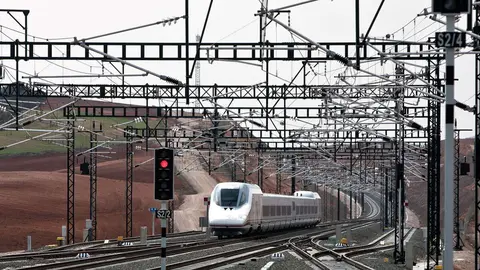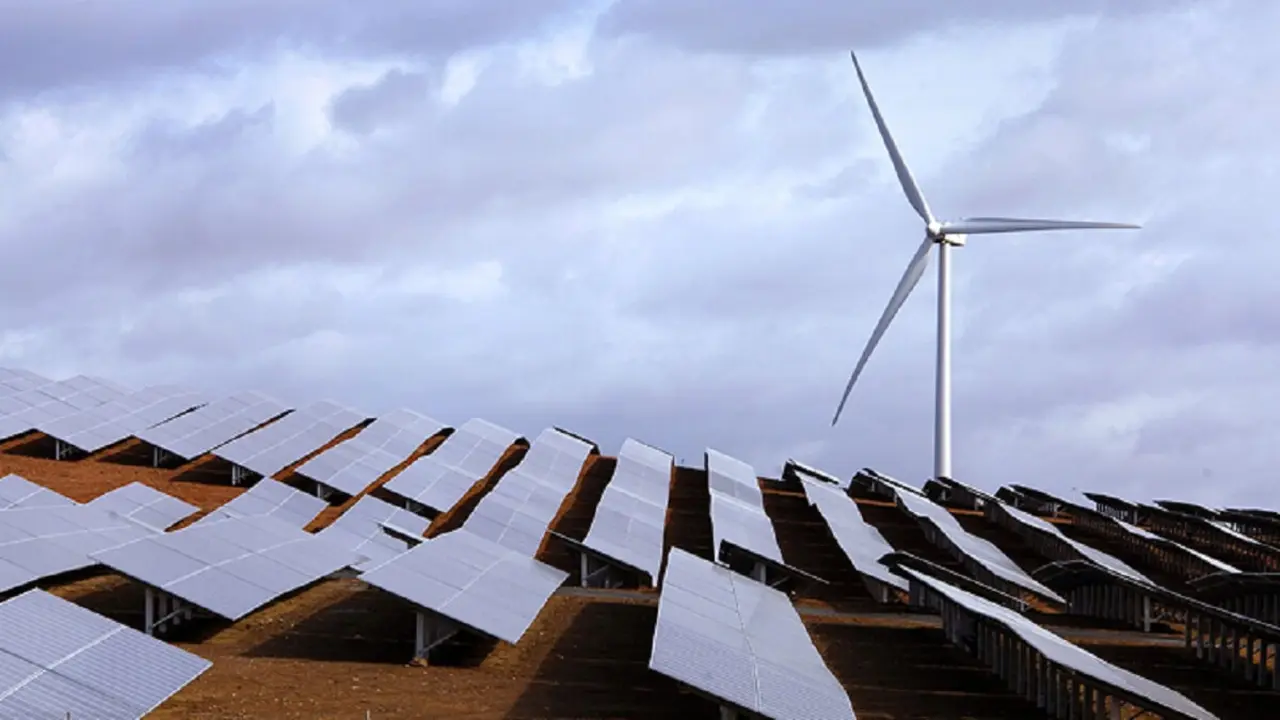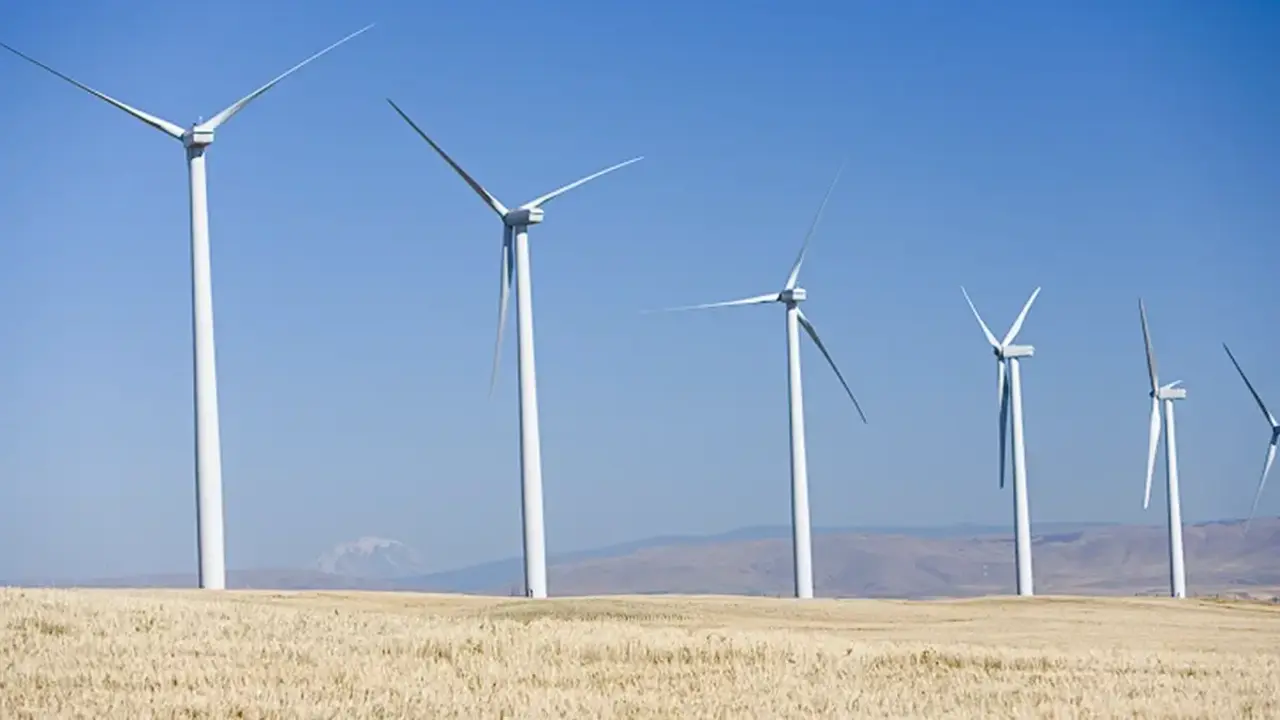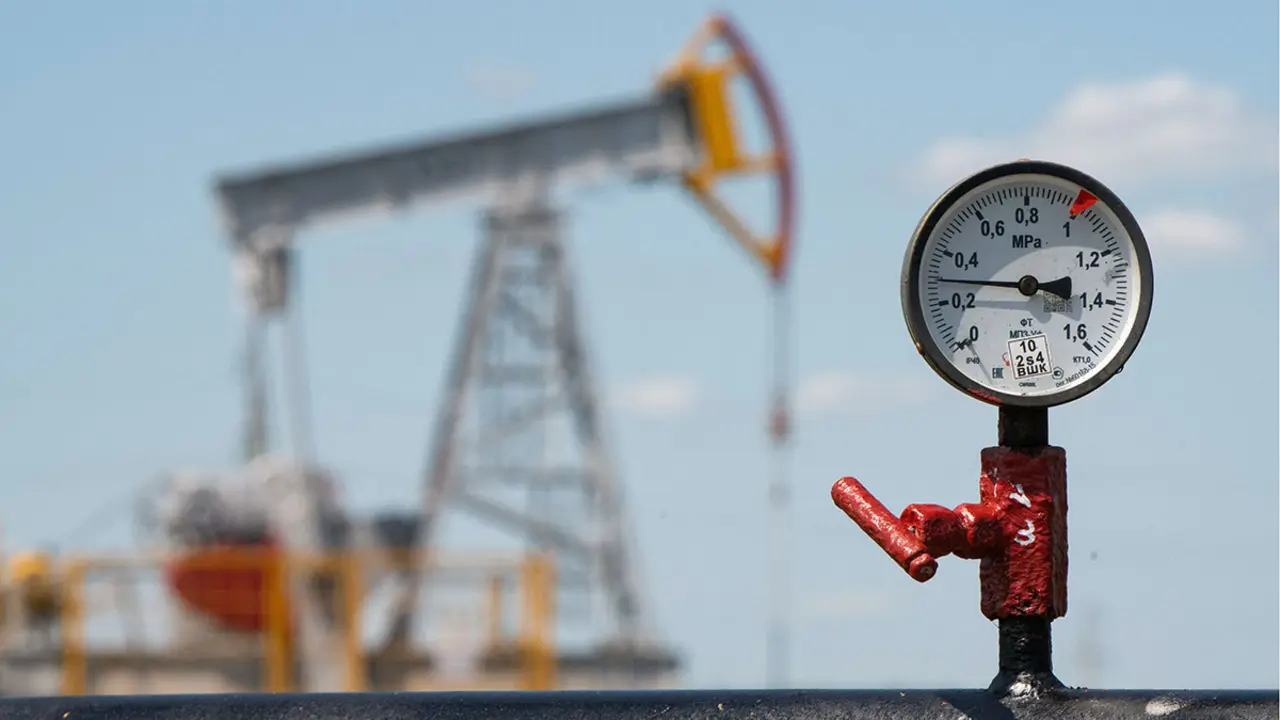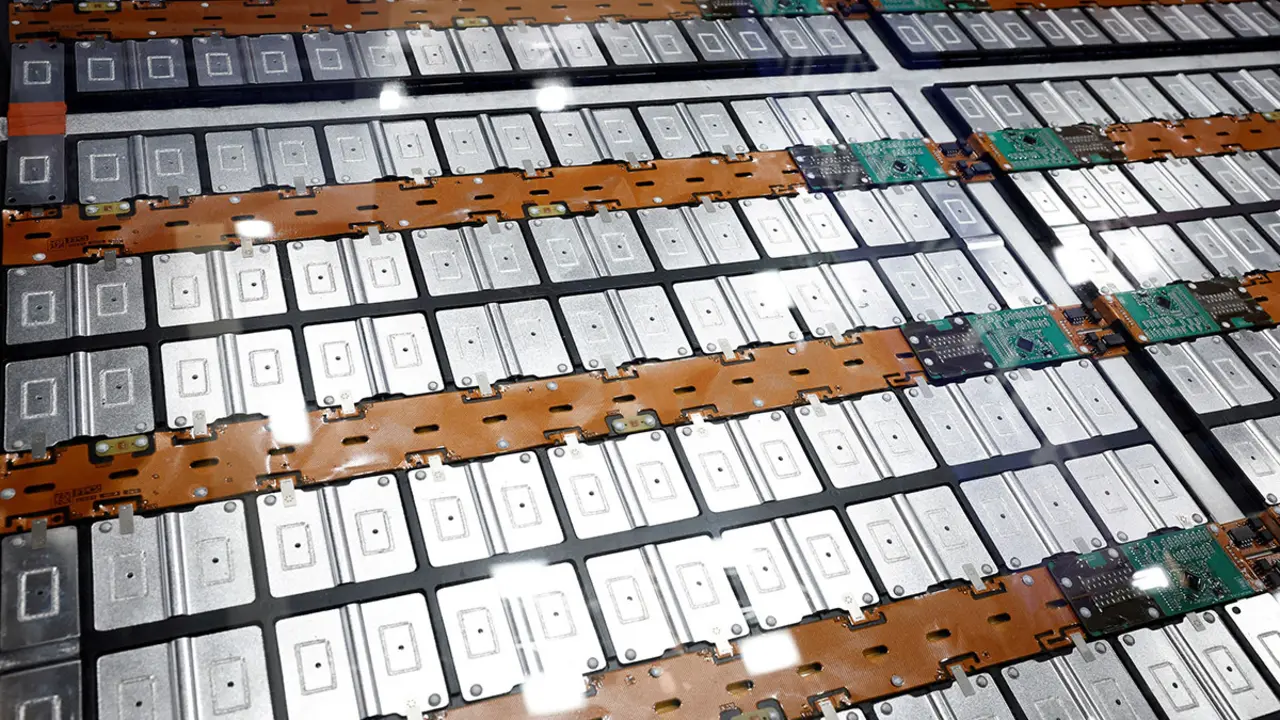China wins contract for Kenitra-Marrakech high-speed railway line
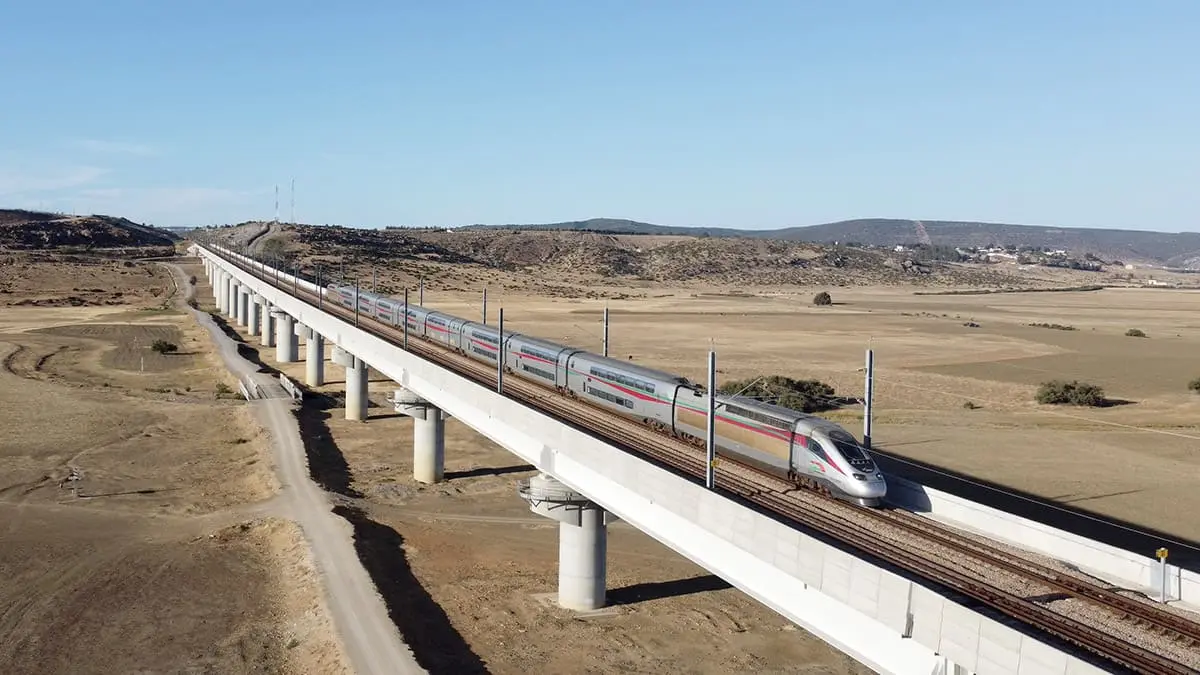
The Chinese public railway operator China Railway NO.4 Engineering Group Co (CREC 4), linked to the giant CRRC Corporation Limited, Chinese manufacturer of rolling stock on a global scale, won the first batch of civil engineering works for the Kenitra-Marrakech high-speed line (LGV) megaproject, with a total value of 3.4 billion dirhams (316 million euros).
The Moroccan National Office of Railways (ONCF) was in charge of selecting the Chinese conglomerate to carry out these important works for the high-speed railway line between Kenitra and Marrakech, two important enclaves in Morocco separated by about 400 kilometres. The final decision of the ONCF was for the Chinese bid, which was the lowest in terms of cost.
The start of the civil engineering works for the project to extend the LGV service to Kenitra and Marrakech follows the award of the first lot for ‘earthworks, engineering structures, communications restoration and fencing’, as officially reported.

CREC 4's bid was lower than others submitted by highly reputable companies, such as the GRPT SNCE/CAPEP/SEPROB consortium (4 billion dirhams), GTR (4.2 billion), STAM (4.1 billion dirhams), China Railway 20 TH Bureau Group (9 billion), GPRT NGE Contracting/Guintoli (4.2 billion), China Overseas Engineering Group (3.9 billion) and TGCC (4.2 billion).
CREC 4's proposal won out over the others as it was financially advantageous and technically sound, meeting the requirements of a project of such magnitude as the high-speed line between Kenitra and Marrakech.
The high-speed line between Kenitra and Marrakech represents a crucial step in the development of Morocco's railway infrastructure and the decision to select China Railway NO.4 Engineering Corporation for the first civil engineering works of the project seems to be the right one, because this Chinese public company is a subsidiary of CRRC Corporation Limited, the world's leading manufacturer of railway rolling stock, which gives CREC 4 an important backing and a competitive advantage over other players in the sector. The CRRC group is renowned for its wagon and locomotive production capabilities and has expanded its international presence with contracts in 116 countries, operating in different markets from Latin America to India.
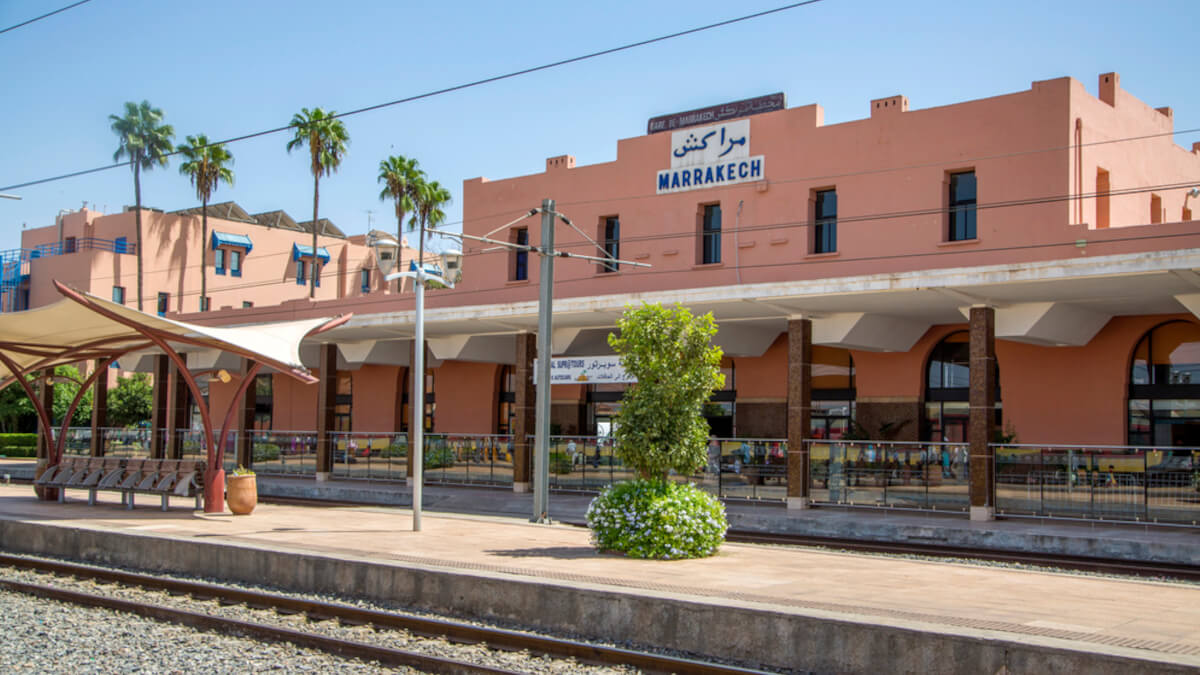
Large-scale project
The construction project for the extension of the high-speed railway line between Kenitra and Marrakech is nearing completion, as part of Morocco's development plan and coinciding with Morocco's preparations to host the 2030 World Cup.
The Kenitra-Marrakech LGV project embodies an ambitious vision for the development of transport infrastructure in Morocco. It envisages the creation of a high-speed line on its own site, connections to existing lines, as well as the modernisation and development of strategic stations along the already classic Kenitra-Rabat-Casablanca-Marrakech axis.
The infrastructure will also include terminal facilities, maintenance bases and a workshop specially designed for the maintenance of high-speed trains.
The route of the new LGV will include key infrastructures such as the Kenitra maintenance base, the Rabat tunnel bypass and a strategic passage through the new centre of Nouaceur, before reaching Marrakech. This route aims not only to shorten travel times, but also to revitalise the rail network to respond to the expected demographic and economic growth in the region, as reported by Maroc Diplomatique.
The director general of the National Railway Office, Rabie Khlie, announced that the high-speed train line linking the cities of Tangier and Marrakech will be ready by the end of 2029.
The high-speed train line is expected to connect the cities of Tangier and Marrakech in three hours, instead of more than seven hours at present, once the extension works of the current section linking Kenitra and Marrakech, which is about 400 kilometres long, have been completed.

The realisation of the Kenitra-Marrakech LGV project represents an important economic development lever for Morocco, stimulating local employment and strengthening national technological capacities. The project also aims to attract additional foreign investment, consolidating the Kingdom's position as a regional hub for modern and sustainable transport.
It is worth highlighting here the important advantages offered by Morocco to all potential investors, both domestic and foreign, through the New Investment Charter, which promotes the revitalisation of national economic development by offering incentives with a state boost of some 30 billion euros. All focused on attracting investments with advantages such as relevant tax benefits. Thus, the New Moroccan Investment Charter outlines its roadmap until 2026 with important pillars such as the facilitation of investment through the application of tax benefits, the improvement of the legal business framework, the strengthening of coordination and supervision of the business environment and the optimisation, digitalisation and decentralisation of administrative procedures.
With this type of initiative, the Moroccan kingdom seeks to position itself as a leading player in rail transport on the African continent, connecting important national enclaves in the shortest possible time, which favours economic development and the movement of people throughout the national territory.
The high-speed line project between Kenitra and Marrakech also seeks to have the least environmental impact, reducing as much as possible the carbon footprint within the transport sector. All this through the application of advanced and environmentally friendly technologies.

